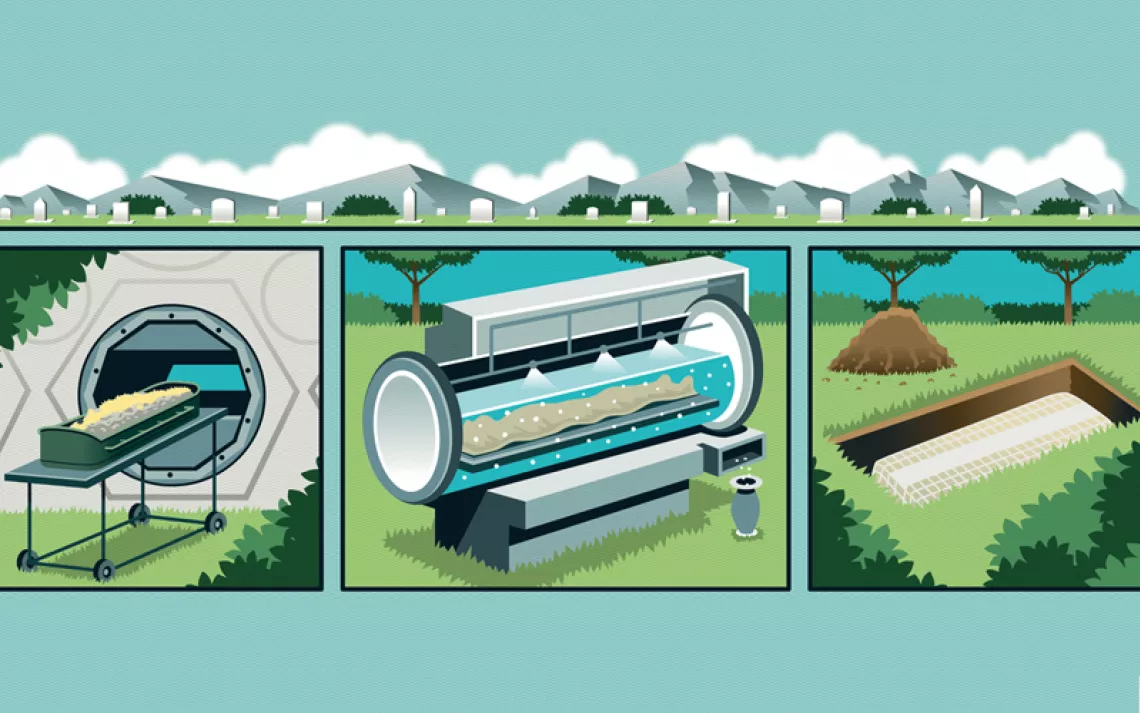Why Is There So Much Discarded Rubber on America's Roads?
Mr. Green wheels out the answer

Photo by AGrigorjeva
Hey Mr. Green,
It seems every highway in America is cluttered with the remains of retreads from large trucks. Are retreads an environmentally effective way to extend the life of tires? What happens to those discarded remains? Can they be reused or repurposed?
—Ken in Glenwood Springs, Colorado
About 300 million defunct tires get disposed of each year—almost one per person in the United States. As to their ultimate destiny, some 145 million are burned as fuel, 50 million are turned into crumb rubber for use in everything from artificial turf to asphalt trails, while millions more get buried, used as fill, or exported. One company even repurposes them as logs for cabins. But the fate of around 60 million defunct tires is unknown; it’s safe to say that only a small portion of the total is converted into swings suspended from backyard trees or other lofty purposes.
A number of sandal manufacturers do use old tire treads, but given the staggering volume of discards, it is obviously difficult to put more than a fraction of the total number of defunct tires to such a noble use.
Keep in mind that the rubber along, and sometimes on, the road from tires doesn’t all come from retreads or big trucks. A Michigan University study of 85,000 pounds of tire casings and rubber slabs shed along the road known as “alligators” revealed that 60 percent of the rubber was from original tires, not retreads. The most common causes for the shed rubber are road hazards such as hitting a curb or a nail (38 percent); bad maintenance and operational problems (32 percent); excessive heat (30 percent); and manufacture defects (15 percent). About 20 percent of the total debris collected came from tires on cars and light trucks.
 The Magazine of The Sierra Club
The Magazine of The Sierra Club



